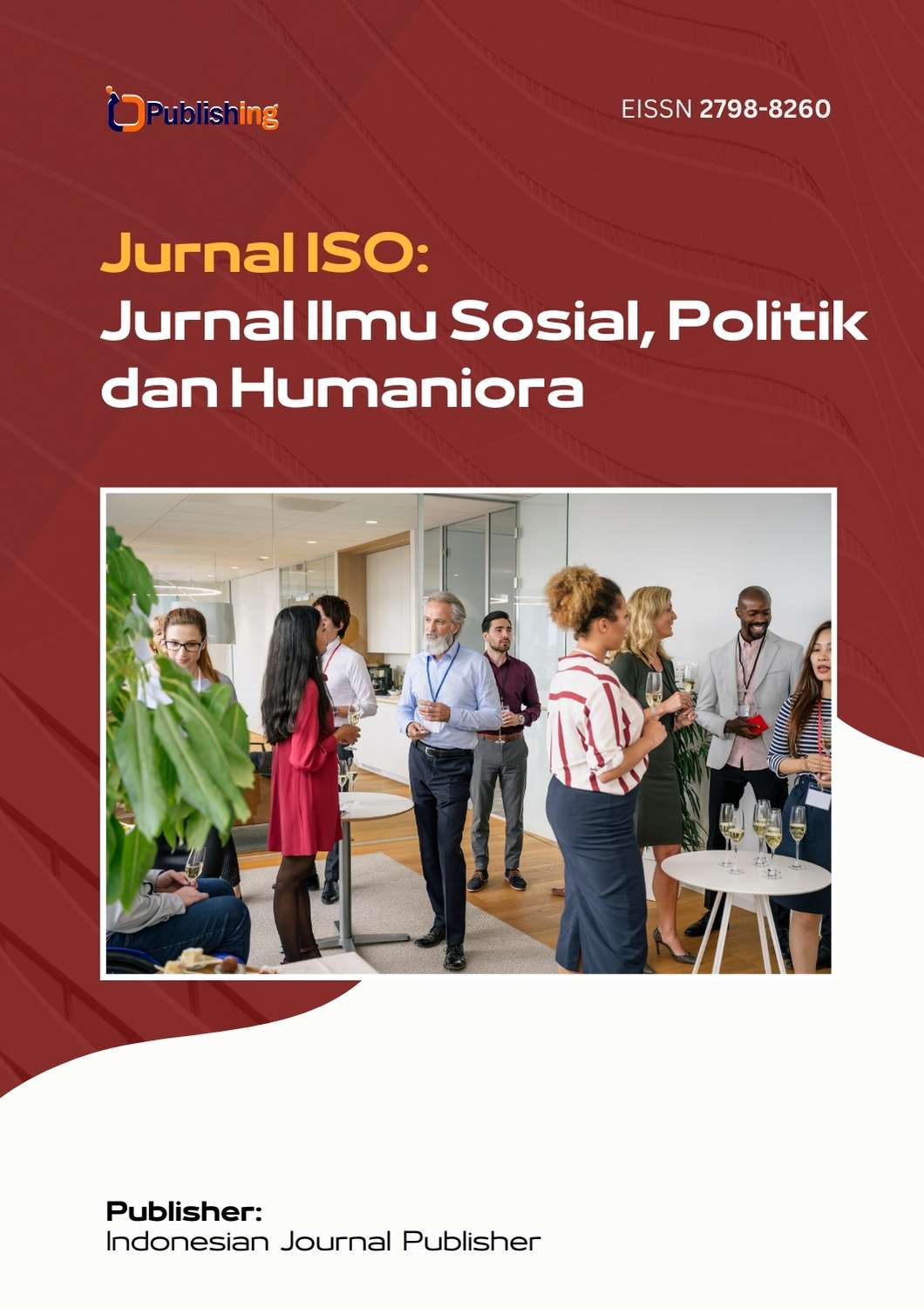The Application of Perma Number 2 of 2012 Against Perpetrators of Minor Crimes In Deli Serdang Police Station
DOI:
https://doi.org/10.53697/iso.v5i1.2500Keywords:
Regulation Number 2 of 2012, Minor Criminal Offenses, Deli Serdang PoliceAbstract
Supreme Court Regulation (Perma) Number 2 of 2012 concerning Adjustment of the Limitation of Minor Crimes and the Amount of Fines in the Criminal Code is a legal instrument that aims to simplify the process of handling minor crimes (tipiring) and reduce the burden on the judiciary. This Perma stipulates that cases with losses of less than IDR 2.5 million can be categorized as minor crimes, which allows for faster and more efficient resolution. This study aims to analyze the implementation of Perma Number 2 of 2012 against perpetrators of minor crimes at the Deli Serdang Police, including its effectiveness in investigative practices, obstacles faced by police officers, and its impact on the criminal justice system. The research approach used is empirical juridical, with data collection methods through interviews, observations, and analysis of cases handled by the Deli Serdang Police. The results of the study indicate that the implementation of Perma Number 2 of 2012 at the Deli Serdang Police provides benefits in accelerating the resolution of minor crimes, such as minor theft, minor assault, and other minor crimes. The implementation of this regulation allows cases to be resolved through a speedy trial mechanism, reducing the detention time for perpetrators, and optimizing the principle of simple, fast, and low-cost justice. However, there are a number of obstacles in implementation, including the lack of understanding of the community and law enforcement officers regarding the limits of the value of losses, the lack of synchronization between this regulation and the Criminal Code, and limited infrastructure in organizing speedy trials. The implementation of Perma Number 2 of 2012 at the Deli Serdang Police has had a positive impact on the efficiency of resolving minor crimes, but still requires optimization through wider socialization, increased coordination between law enforcers, and improvement of regulations to overcome obstacles in its implementation.
References
Abbas, S. (2009). Mediasi dalam hukum syariah, hukum adat, dan hukum nasional (p. 28). Kencana.
Ansori, L. (2015). Diskresi dan pertanggung jawaban pemerintahan dalam penyelenggaraan pemerintahan. Jurnal Yuridis, 2(1), 105.
Chazawi, A. (2005). Pelajaran hukum pidana 1. PT Raja Grafindo Persada.
Darumurti, K. D. (2016). Diskresi: Kajian teori hukum (p. 21). Genta Publishing.
Falaakh, M. F. (2012). PERMA No.2 Tahun 2012: Pegangan para hakim. Komisi Hukum Nasional.
Hamzah, A. (2014). Asas-asas hukum pidana. Rineka Cipta.
Hamzah, A. (2017). Terminologi hukum pidana. Sinar Grafika.
Juszczak, D. (2019). The analysis of selected psychosocial and psychopathological factors influencing the perpetrators of rapes and pedophilia acts in the view of court-ordered forensic assessments. Seksuologia Polska, 17, 9–15. https://www.scopus.com/inward/record.uri?partnerID=HzOxMe3b&scp=85072711596&origin=inward
Lasmadi, S. (2011). Mediasi penal, sistem peradilan pidana Indonesia. Inovatif, 4(5), 1–10.
Marbun, S. F., et al. (2001). Dimensi-dimensi pemikiran hukum administrasi negara (p. 73). UII Press.
Moeljatno. (2000). Asas-asas hukum pidana (p. 56). Rineka Cipta.
O’Malley, R. L. (2022). Cyber Sextortion: An Exploratory Analysis of Different Perpetrators Engaging in a Similar Crime. Journal of Interpersonal Violence, 37(1), 258–283. https://doi.org/10.1177/0886260520909186
Santoso, P. (2020). Diskresi kepolisian melalui mediasi penal (Studi kasus di Polsek Galur, Kulonprogo). JPHK (Jurnal Penegakan Hukum dan Keadilan), 1(2), 97.
Sudiarto. (2015). Negoisasi, mediasi, dan arbitrase: Penyelesaian sengketa alternatif di Indonesia (p. 37). Pustaka Reka Cipta.
Susanto, F. A. (2004). Kepolisan dalam upaya penegakan hukum di Indonesia (p. 12). Rineka Cipta.
Susianti. (2017). Mediasi penal dalam tindak pidana penganiayaan perspektif hukum Islam dan hukum nasional (Studi kasus di Polsek Manggala) (p. 11). Fakultas Syariah dan Hukum, UIN Alauddin Makassar.
Syamsuddin, R. (2024). The Family Impacts On Minors As Perpetrators Of Acts Of Terror: Evidence From Indonesia. Petita: Jurnal Kajian Ilmu Hukum Dan Syariah, 9(1), 129–145. https://doi.org/10.22373/petita.v9i1.239
Woźniakowska, D. (2023). Juveniles as perpetrators of the crime of abuse. What is the truth behind the statistics? Archiwum Kryminologii, 45(1), 115–149. https://doi.org/10.7420/AK2023.04
Yuan, L. (2020). Identification of the perpetrator among identical twins using next-generation sequencing technology: A case report. Forensic Science International: Genetics, 44. https://doi.org/10.1016/j.fsigen.2019.102167
Yulikhsan, E. (2016). Keputusan diskresi dinamika pemerintahan (aplikasi dalam PTUN). [Publisher not specified], Yogyakarta.
Downloads
Published
How to Cite
Issue
Section
License
Copyright (c) 2025 Bobby Pranata Tambunan, H. Abdul Razak Nasution, Mhd. Azhali Siregar

This work is licensed under a Creative Commons Attribution 4.0 International License.













